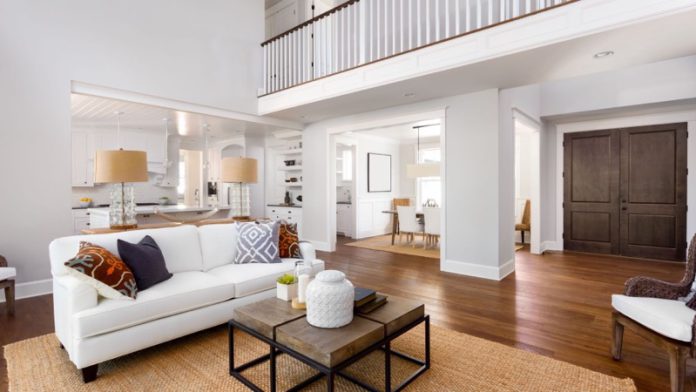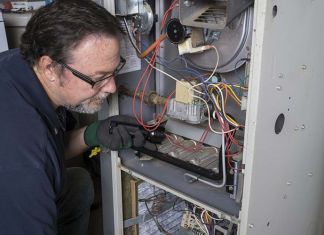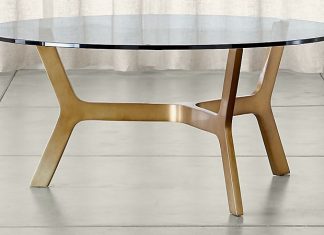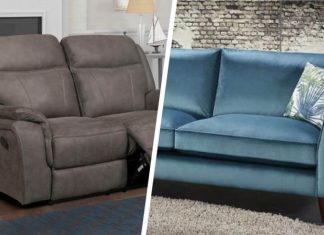Does your beautiful older home look much nicer than it feels — especially in the dead of winter or dog days of summer? A mini split installation can change all that!
Houses built more than a century ago have plenty of natural charm and unique features. But, the downside of an older home is outdated heating and cooling.
These homes were built well before forced-air HVAC was available. At most, you may have a home with excellent radiator heat. But, without ductwork, there’s no chance for central air. So, you’re stuck with loud, inconvenient, energy-guzzling window air conditioners.
Or, your home has ductwork, but it was installed decades after the home was built. As a result, it doesn’t reach each room the way it should, leaving you too hot in the summer and too cold in the winter.
For decades, homeowners have relied on outdated heating and cooling methods in homes like these. These include baseboard heat or dragging out space heaters in the winter. Or those window ACs we mentioned earlier.
Today, however, there’s a better solution. It uses less energy than traditional heating and cooling, does a better job, and doesn’t ruin the look and feel of your classic home by adding ductwork.
The miracle cure for home comfort in an older house? A mini split.
In this article, we’ll explain why older homes are hard to heat and cool. Then, we’ll explain what a mini split is, exactly, how it works, and why more and more homeowners today love them — especially for classic and historic homes.
Heating And Cooling Challenges In Older Homes
Older homes are challenging to heat and cool because many weren’t made with modern HVAC in mind. Most homes built before the 20th century were designed to trap heat! AC wasn’t invented, and people were more concerned about not freezing in the winter than getting too hot in the summer.
And, older homes with old insulation won’t retain heat or cooled air as well as houses with new insulation. As a result, you get drafts in the winter and warm air seeping in during the summer.
Finally, if a previous owner installed ductwork decades after the house was built, it won’t reach every room the way it would if the house was designed with that in mind.
That’s why even homes that have been “upgraded” with ductwork don’t get the level of comfort the homeowners want. That’s where a mini split comes in.
How Does A Mini Split Work?
A mini split transports heat from inside to outside your home (or vice versa). It never moves air over long stretches like a furnace with ductwork does. This process eliminates the need for ductwork — and the limitations that come with it. As a result, it’s an excellent way to upgrade the comfort in an older home.
Here’s how it works:
A heat pump outside your home draws in heat, or thermal energy, from the air around it in the winter. It compresses and amplifies that heat until it’s strong enough to keep your home warm and sends it inside.
Then, air handlers mounted in every room you’re treating draws in the air in that room. The units use the thermal energy coming in from the heat pump to warm that air. Then, they recirculate the warmer air in the room.
In the summer, it works the other way: The air handlers draw in hot air from the room, send that thermal energy down to the heat pump, and recirculate cool air.
The air handlers and heat pump are connected with a small line set that contains a coolant liquid. That liquid “carries” the heat from one to the other. That’s how you get all that excellent heating without requiring ductwork.
Five Advantages Of A Mini Split In An Older Home
Now that you know how a mini split works, here’s why they’re great for older homes:
- No Ductwork Required
- Non-Invasive Installation
- Customized Settings
- Quiet Operation
- Energy Savings
No Ductwork Required
As we’ve stressed, there’s no ductwork. That saves you thousands of dollars on installation. And, you get better results. In terms of ductwork, a mini split system won’t lose pressure along the way.
You know how the second or third floor in a home with ductwork gets too cold in the winter and too hot in the summer?
It’s usually because the air pressure gets weaker the further away a room is from the furnace. But, that doesn’t happen with a mini split. The air handlers only draw in and recirculate the air in a single room. It never has to travel all the way down to a furnace and back.
That means every room gets excellent heating and cooling — no matter where it is in the house.
Non-Invasive Installation
No ductwork means no ripping through walls or building out soffits to house the ductwork. You also won’t have to cut holes in floors and walls for vents and returns! That’s especially important for old homes with original wood flooring.
Instead, mini split installation is fast and easy! You can get a single-zone system for one room installed in a day. Even a whole-home setup takes less than a week.
And, you won’t have a crew ripping through your house and changing the look and feel of your historic home. Instead, all you see are the air handlers tucked away high on each wall. Most times, the lines connecting them to the heat pump run through the walls like electrical wire.
Customized Settings
Each air handler works separately from the others. They all have their own thermostats so that you can set the temperature differently in each room. Or, you can set them all the same and have an even temperature across the entire house — probably for the first time ever!
This is great for bedrooms that were always too hot in the summer and too cold in the winter. Those second or third-floor rooms always have different heating and cooling needs than the first floor.
Now, they can get that!
And, everyone in your family can customize the comfort in their bedrooms. No more arguing about who likes it warmer or cooler at night.
Quiet Operation
Unlike forced-air furnaces and especially window air conditioners, you’ll feel the comfort from a mini split without hearing it!
Even when they’re working at full capacity, an air handler makes about as much sound as leaves rustling outside. People never hear it unless the room is completely silent and they are standing right beneath the unit.
That means no more talking louder or turning up the TV when the heat or AC clicks on. And, you can get to sleep without that rumble waking you back up.
Energy Savings
A mini split requires a tiny, tiny fraction of the energy that window ACs, furnaces, or central air need to do their jobs. As a result, they’re better for the environment — and your wallet!
These systems never burn fossil fuels to create heat. Instead, they move existing thermal energy from one place to another. That only requires a small amount of electricity to run the heat pump and air handlers.
And, since they do a better job of regulating the temperature, they don’t need to work as hard or for as long. Instead, the air handlers spend most of the time in a low-power mode that keeps a steady temperature.
The results? Better comfort using less energy that costs you less on your utility bill














